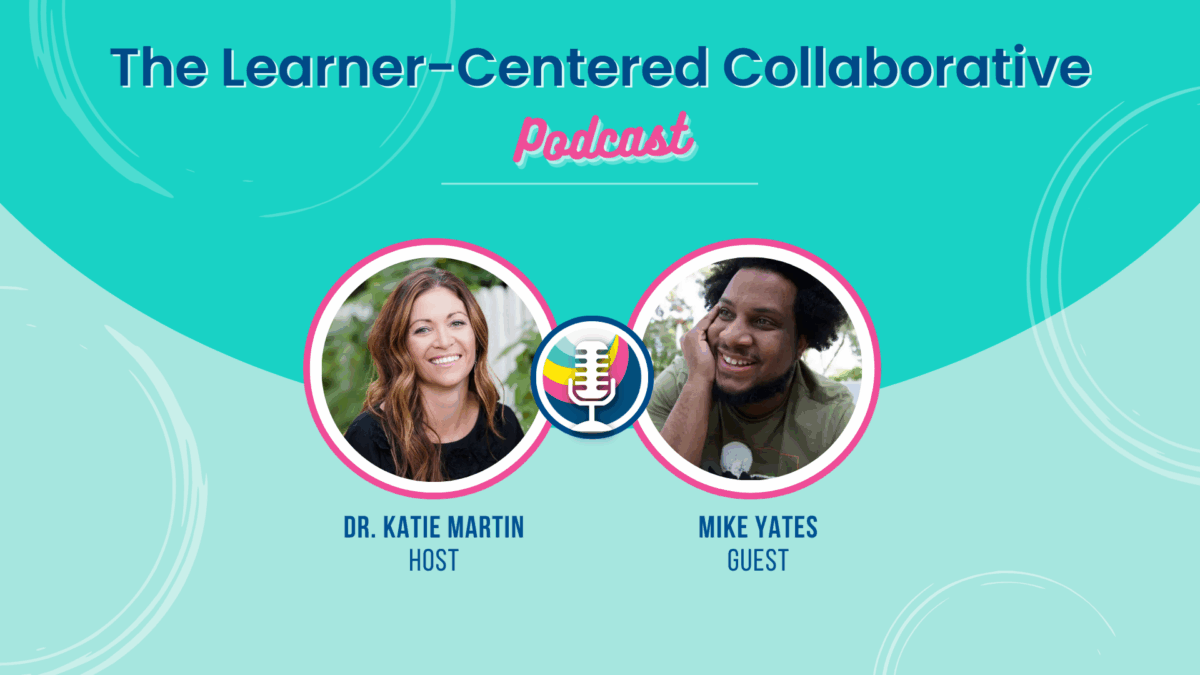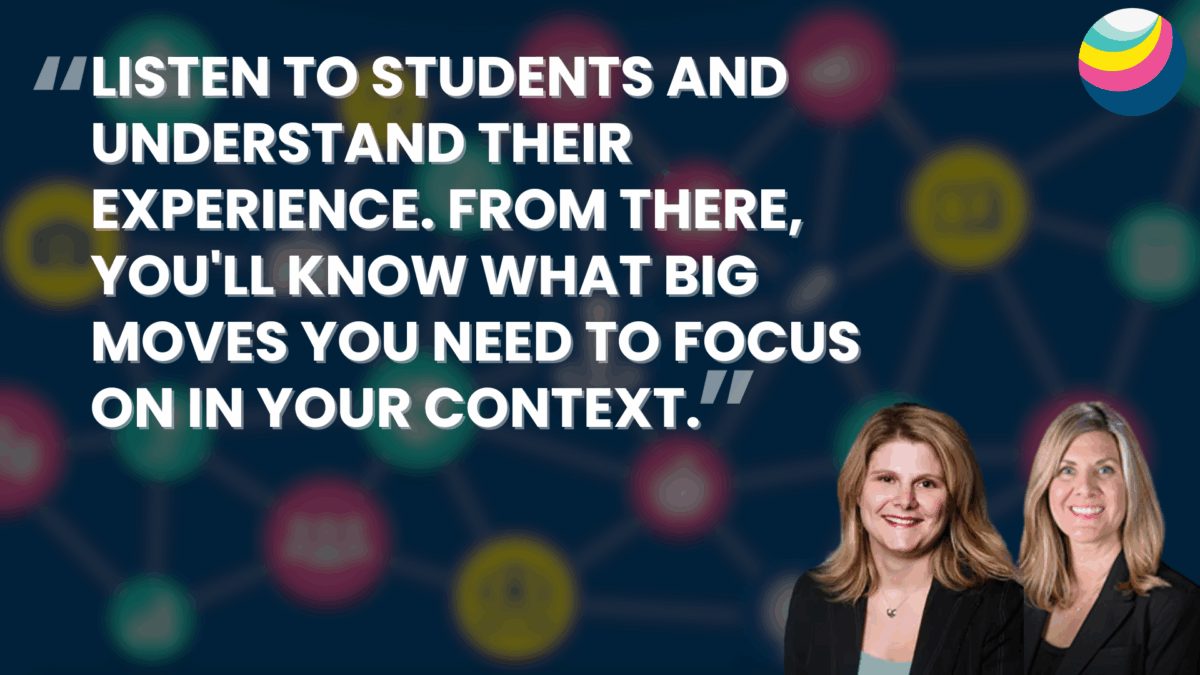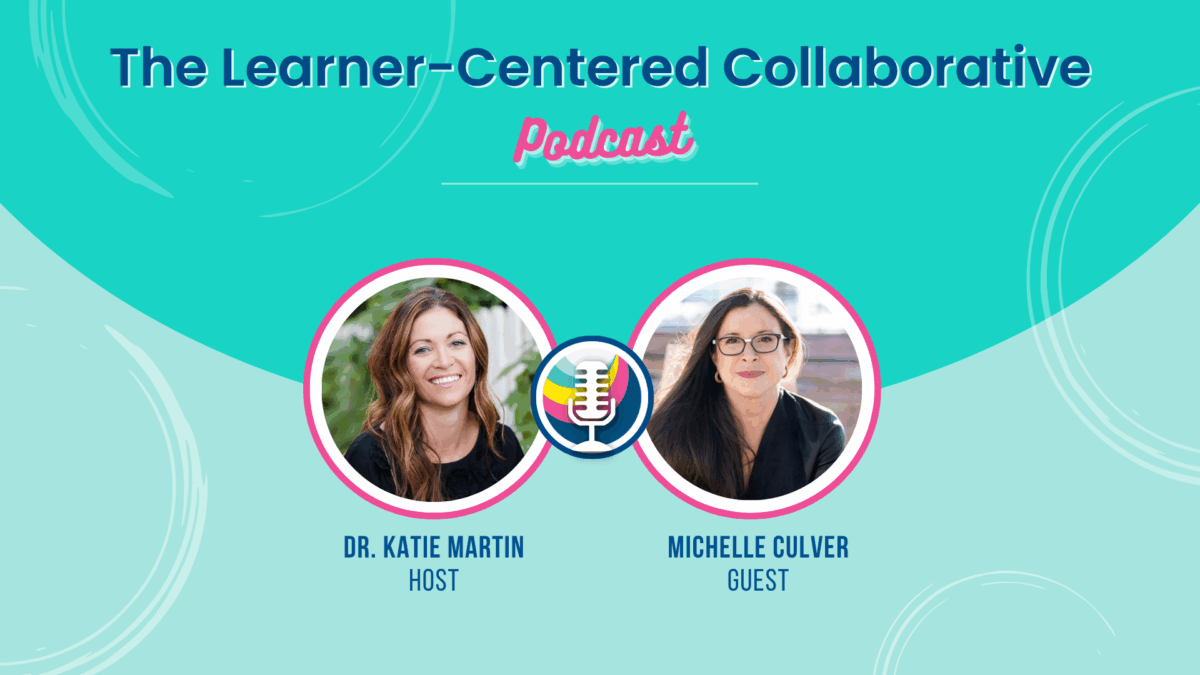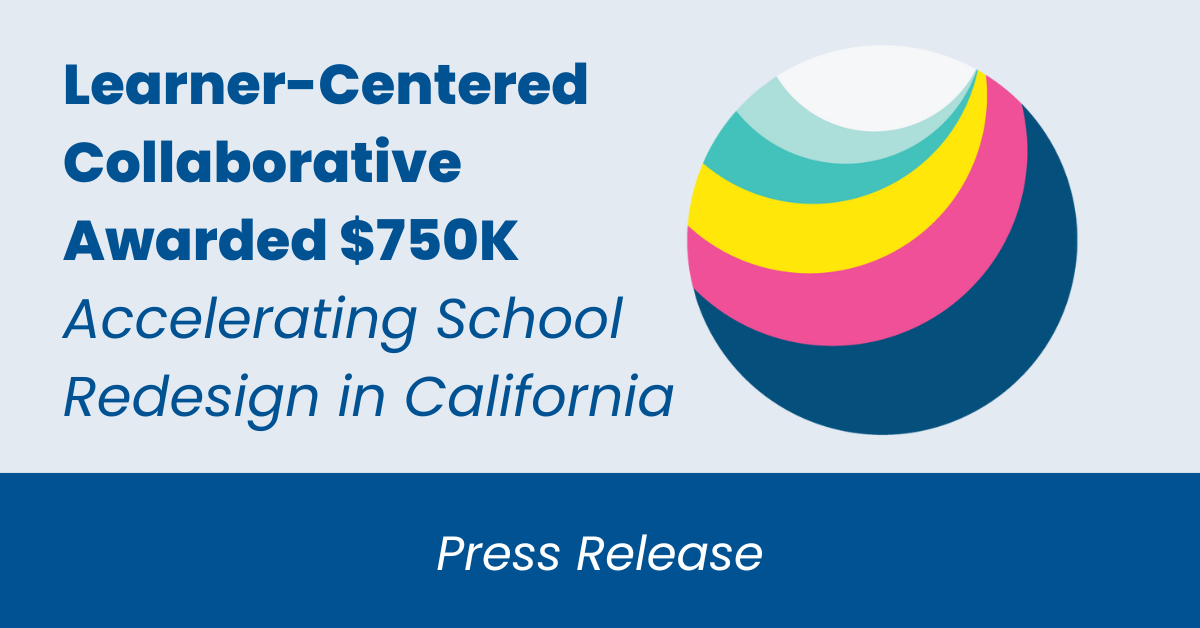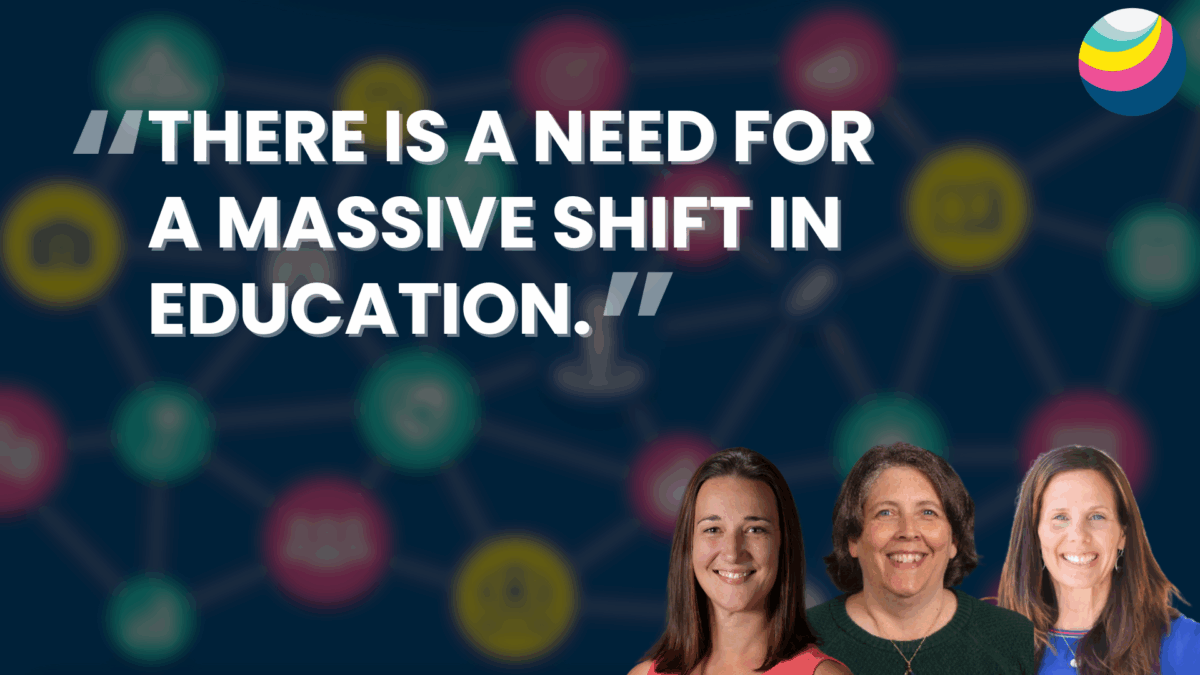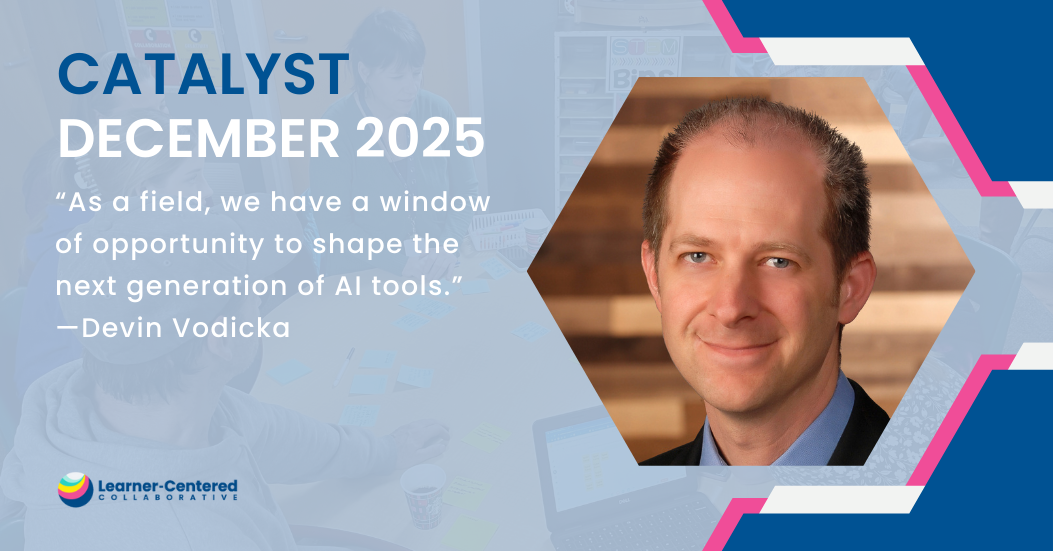Leading Through Transition: Leadership Lessons for Summer and Beyond
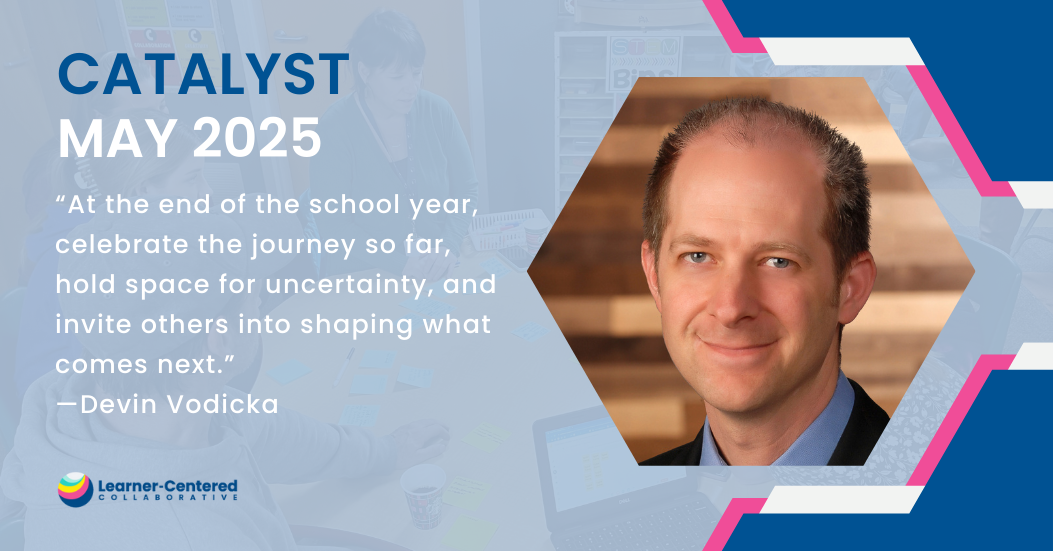
In education, the rhythm of the year is deeply cyclical. Each year forms a distinct cohort experience for learners, educators, and families alike. When the cohort concludes, there is a natural transition into the unknown. Students move to new grade levels, teachers adapt to new assignments or even new campuses, and leadership teams lay the groundwork for the future without having full clarity on enrollment numbers, staffing, or finalized budgets.
Understanding how people navigate change is vital, especially during this pivotal transition between school years. William Bridges’ Transition Model provides a helpful lens. In this model, every change journey involves three stages: an ending, a neutral zone, and a new beginning. This framework is particularly useful for school leaders as they guide their communities through the emotional and logistical shifts of late spring and early summer. It’s important to recognize individuals do not move through these stages linearly or uniformly. Some are still grieving the end; others are stuck in uncertainty; and a few are eager to embrace what’s next.
These changes introduce a variety of emotional states that require learner-centered leaders to hold space for multiple lived realities. Recognizing and normalizing the emotional complexity of transitions isn’t just compassionate leadership; it is strategic. When aligned with the school year cycle, these strategies can transform end-of-year planning from a purely administrative task into a powerful opportunity for connection, growth, and future-readiness.
Key strategies for managing transitions throughout a learning community include:
- Marking Endings With Ceremony and Celebration
- Normalizing the Neutral Zone
- Shrinking Time Horizons
- Investing in Connection and Professional Learning
Let’s dive into each of these in the context of closing one school year and preparing for the next.
Marking Endings with Ceremony and Celebration
As an administrator, it’s natural to think ahead to the next academic year before the current one has concluded. However, it’s vital to pause and acknowledge the journey that has been. Taking time to honor collective achievements and individual growth creates a sense of closure and gratitude that is essential for emotional readiness to move forward. Ceremonies, celebrations, and reflective rituals ground people in the meaning of their work and their relationships.
Moreover, these acts of recognition are not only beneficial for morale but serve as a vital bridge to the future. Graduation ceremonies, awards nights, and final performances offer formal opportunities for closure. Informal moments—like heartfelt thank-yous or end-of-year reflections—matter just as much. Celebrating endings nurtures trust and deepens commitment to the next phase. When people feel seen, valued, and appreciated, they are far more likely to engage positively with what comes next. Strong endings create strong beginnings.
Watch Now: Making Learning Public and Closing the Year Strong
Normalizing the Neutral Zone
The neutral zone—the space between an ending and a new beginning—is often filled with ambiguity and emotional turbulence. It can feel uncomfortable for individuals and organizations alike. As the school year winds down and summer planning ramps up, this period becomes a unique blend of looking back and looking forward. Leaders must first normalize this phase, reassuring their communities that confusion, doubt, and slower progress are expected and even healthy responses to transition.
Leaning into the neutral zone as a creative space invites experimentation and possibility. Rather than rushing toward resolution, leaders can encourage reflection, prototyping of ideas, and shared learning. By validating this “messy middle,” leaders help teams maintain momentum while laying the foundation for thoughtful, innovative next steps.
Shrinking Time Horizons
When the future feels overwhelming, as it often does in the lead-up to a new school year, leaders can create psychological safety by shrinking time horizons. Setting short-term, tangible goals helps teams focus their energy on what is immediately achievable. By accomplishing small milestones, communities build the confidence and momentum needed to tackle more significant changes ahead.
This approach is especially helpful during summer planning. Whether drafting schedules, organizing professional development, or revisiting learning models, setting week-by-week or even day-by-day goals keeps work manageable and forward-moving. A clear “next step” prevents paralysis and fosters a sense of agency. It reminds everyone that progress is possible, even when the full picture remains out of view. Success in the short term fuels optimism for the long term.
Investing in Connection and Professional Learning
In times of transition, investing in human connection is a leadership necessity, especially during the summer months when physical distance and shifting roles can create disconnection. By strengthening relationships and fostering dialogue, leaders create a resilient social fabric that can withstand the stress of change. Prioritizing relational trust empowers individuals and teams to navigate uncertainty together rather than in isolation.
Simultaneously, offering professional learning opportunities signals belief in people’s ability to grow into emerging possibilities. When leaders create spaces for skill-building and exploration, they activate a spirit of collective efficacy. Transition periods, when approached thoughtfully, can become seasons of profound development and shared purpose.
Read More: The Impact of Innovation Cohorts: A Research-Based Perspective on Educator Growth
Getting in Sync With Your Team
One of the most common mistakes leaders make during change is being out of sync with their teams. Leaders often reach the “new beginning” phase before everyone else. They are in planning mode and getting excited and energized about what’s to come next year, while many others are still processing endings or moving through uncertainty.
This dynamic is especially present in the final weeks of school. Leadership teams are looking ahead, while classroom educators are still deeply engaged in wrapping up the current year. This gap, while understandable, can erode trust if the variation in how we are experiencing the change is not acknowledged. Intentional transparency, distributed leadership, and co-design are great principles for getting teams in sync. Involving educators and staff meaningfully in decision-making not only honors their experiences but accelerates collective movement toward the new beginning.
A Call for Purposeful Summer Planning
As you head into summer, my invitation is this:
Approach the planning season not just as a logistical exercise, but as an opportunity to strengthen your community’s resilience, humanity, and collective possibility by honoring the emotional elements of the change process. Celebrate the journey so far. Hold space for uncertainty. Invite others into shaping what comes next.
And above all, trust that the seeds you sow today—even the smallest ones—have the potential to create a thriving, learner-centered ecosystem for the future.
Let’s lead with presence, purpose, and possibility.
Want to dive deeper into all things learner-centered leadership? Check out our online course led by Devin Vodicka: Learner-Centered Leadership for Meaningful Change.
